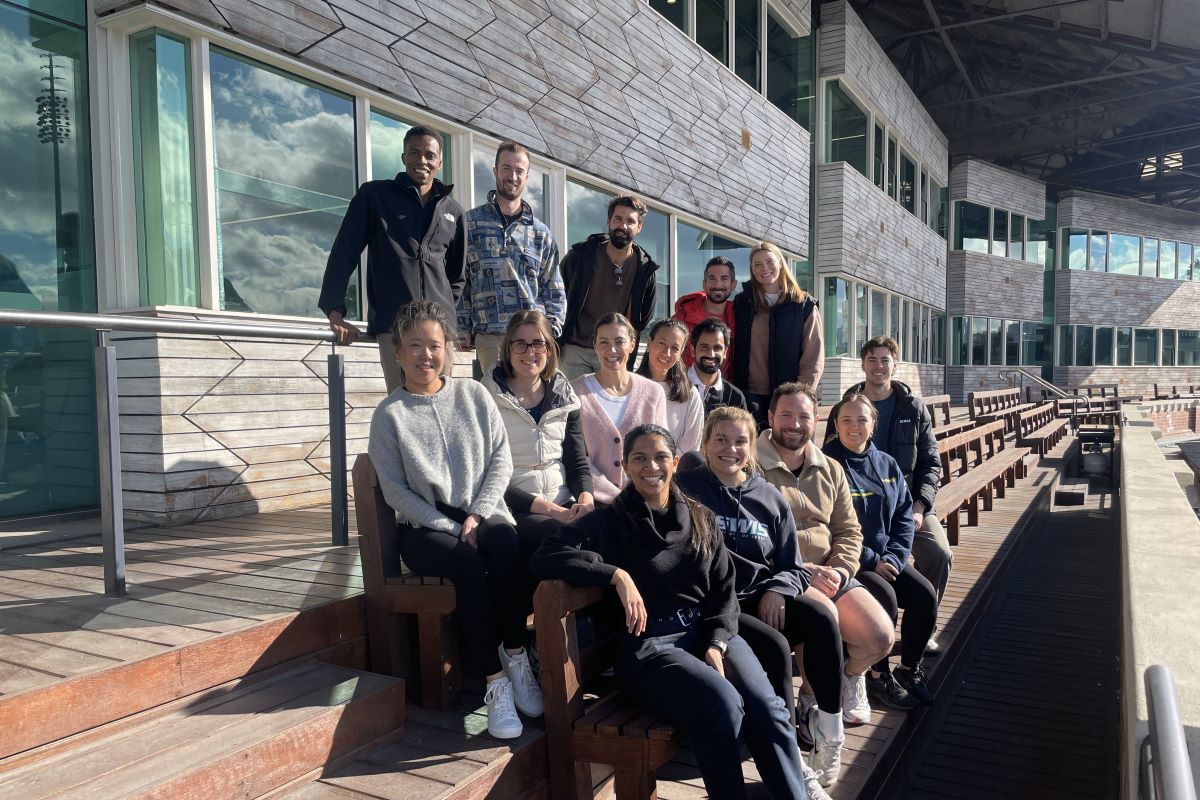When William Spence co-founded the Australian Workers’ Union over a century ago, he could hardly have imagined that the silent killer that claimed his life would still be haunting workers today.
Spence, a titan of labour rights, succumbed to silicosis-a debilitating lung disease caused by inhaling crystalline silica dust from mines. If he were here now, he would be shocked to find silicosis still menacing workers across various industries. Yet, he would undoubtedly take pride in knowing that the union he helped forge continues to fight relentlessly against this occupational hazard.
On 1 September 2024, a significant milestone was achieved in this ongoing struggle. New Work Health and Safety (WHS) regulations targeting crystalline silica exposure were introduced nationwide.
This development marks a resounding victory for the AWU and the Silica Dust Kills Campaign, which have been campaigning since 2019 to amend WHS legislation. The goal has been clear: to secure protections for all workers exposed to respirable crystalline silica.
Crystalline silica is not an obscure mineral confined to the depths of mines; it’s a common component of sand, concrete, brick, rock, and other natural substances.
This means that workers across a multitude of industries-from construction, tunnelling and manufacturing to quarrying and stonemasonry-are at risk.
The new regulations acknowledge this widespread danger, extending protections to any field dealing with materials containing at least 1% crystalline silica. It’s a sweeping change that promises to safeguard the health of countless workers represented by the AWU.
Under the new laws, workers exposed to respirable crystalline silica dust can now demand comprehensive safety control measures. These include not just personal protective equipment (PPE), but under the new laws must also include at least one of the following:
Isolation of workers from dust exposure;
Fully enclosed operator cabins fitted with high-efficiency air filtration systems to ensure clean air for operators;
Water suppression,
On-tool extraction systems;
Local exhaust and effective local exhaust ventilation system.
Additionally, If any task is considered high-risk, workers have the right to a silica risk control plan from their employer. This plan is not a mere formality; it’s a binding document that requires strict adherence.
Should an employer fail to follow the plan, workers are entitled to cease work without penalty.
This provision is a significant step forward in holding employers accountable and ensuring that worker safety is not compromised.
Yet, amidst these advancements, a glaring concern remains. In most states, the mining WHS regulations have not incorporated the new silica provisions. This omission is a stark reminder that the very industry where William Spence began his fight is still lagging in protecting its workers.
Mining remains a high-risk environment for silica exposure, and without the adoption of these new regulations, miners continue to face unnecessary dangers.
This inconsistency in regulatory adoption is a call to action. The spirit of William Spence’s advocacy lives on in the efforts of the AWU, but the mission is far from complete.
The AWU and its allies must intensify their campaigns to ensure that mining regulations catch up with the rest of the nation. Workers in every industry deserve equal protection under the law, especially when their health and lives are at stake.
Reflecting on the journey from Spence’s time to ours, it’s clear that progress has been made, but the legacy of silicosis persists. The new WHS regulations are a testament to what collective action can achieve.
They honour the memory of those like Spence who suffered due to inadequate protections and serve as hope for current and future workers.
If William Spence were here today, he would likely express both dismay and determination; dismay that silicosis still threatens workers, but determination in seeing the union he co-founded continuing the fight.
His life’s work underscores a timeless truth: the struggle for worker safety is ongoing and requires vigilance, solidarity, and unwavering commitment.








